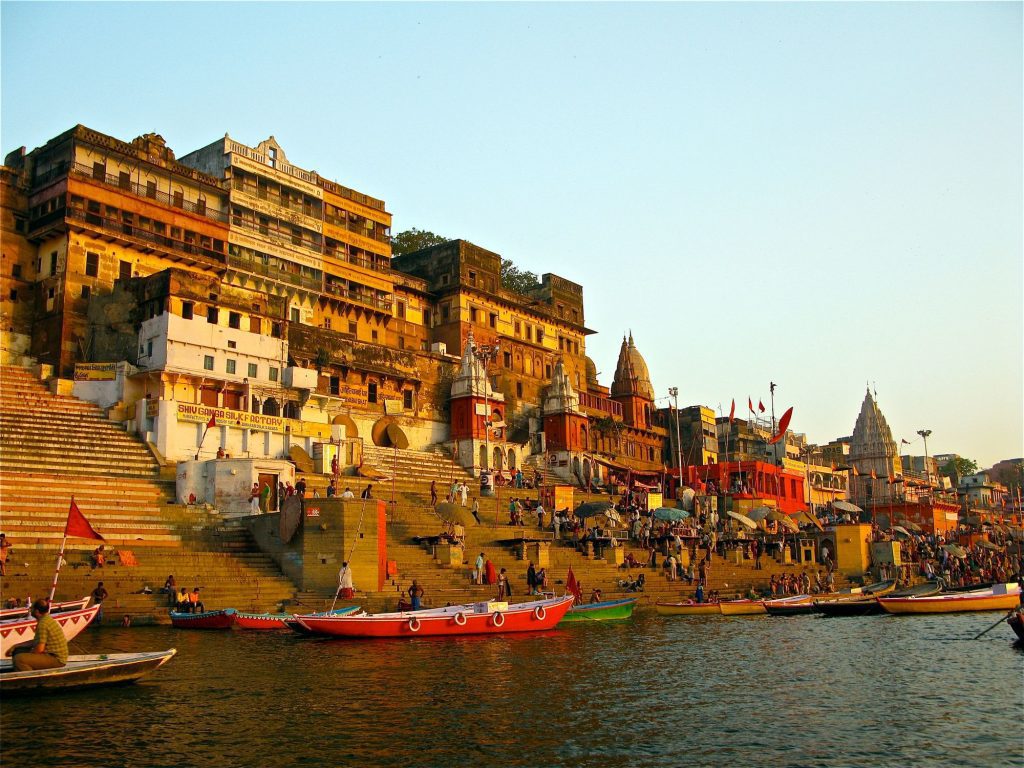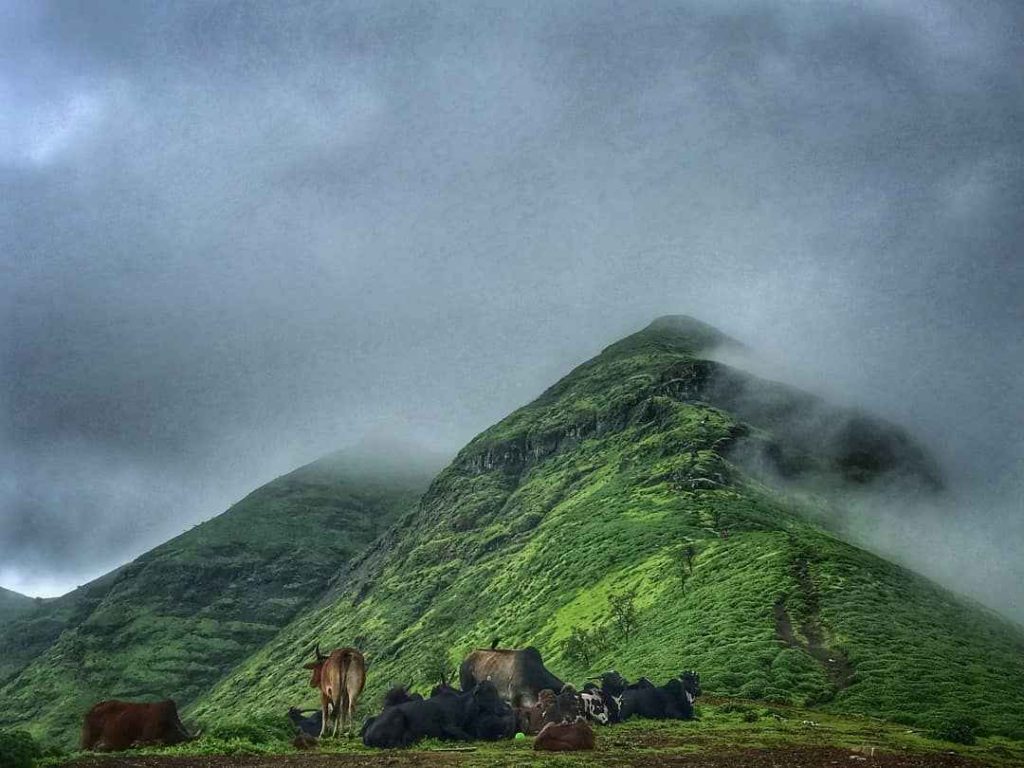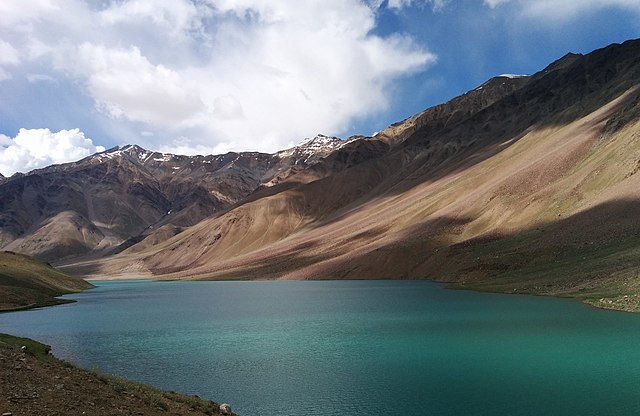Since the beginning of time, humans have found ways to communicate through creative expression, with music being one of the most powerful. But how many of us have attempted to investigate or discover the origins of music? If you want a more in-depth answer, the Indian Music Experience (IME), a museum in Bengaluru, is the place to learn about music’s history and the people who make it. One of the best ways to visit the museum is by availing the services of car rental in Bangalore. Car rentals are convenient, comfortable, and budget-friendly, especially if you’re travelling with your friends and family. When team Savaari visited, we were blown away by the historically rich and culturally significant collection of musical records, instruments, and other accouterments thoughtfully laid out within immersive and interactive exhibits.
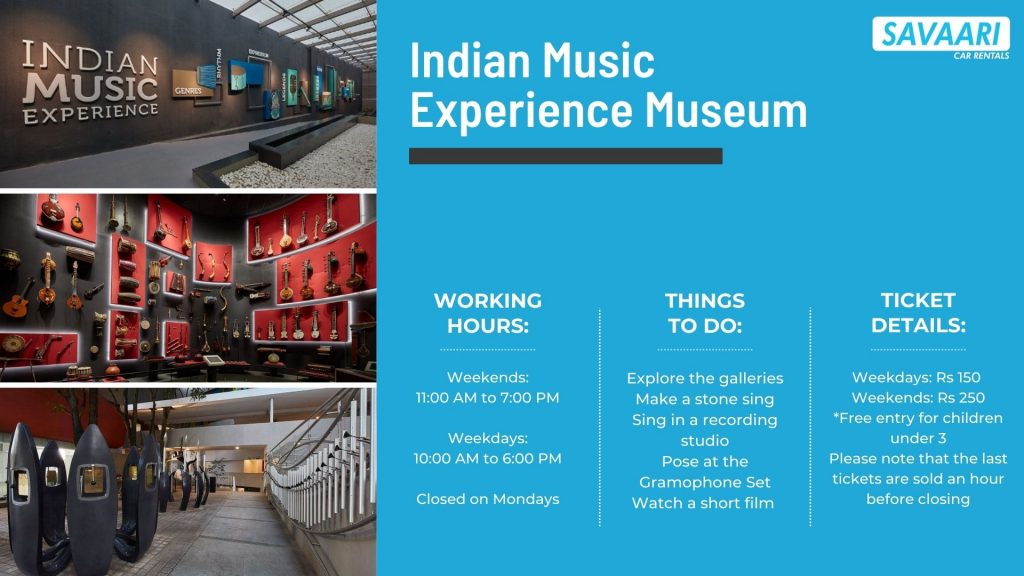
The museum is a 50,000-square-foot encyclopedia of Indian music, presented engagingly to audiences young and old. It features nine interactive exhibition galleries, a Sound Garden with ten musical sculptures, a learning center for serious students and hobbyists, a cafe, a gift shop, and much more. The Indian Music Experience Museum pays homage to long auditory traditions, from special exhibitions to geographic and artist galleries. The museum operates on the principle of “see, hear, touch, and discover.” One can play songs, touch instruments, listen to music, read about the artists, and learn about their work here.
To pay tribute to today’s and yesterday’s popular music, spectacularly designed exhibition areas and interactive installations have been cleverly designed. The museum tells a chronological story of Indian music from the Vedic period to the present day, framed around major cultural movements. This includes the emergence of jazz and blues by the British during India’s freedom struggle, patriotic music during the fight for independence, the early metal and indie music scene, and modern Bollywood pop music.
On-Property Exhibits
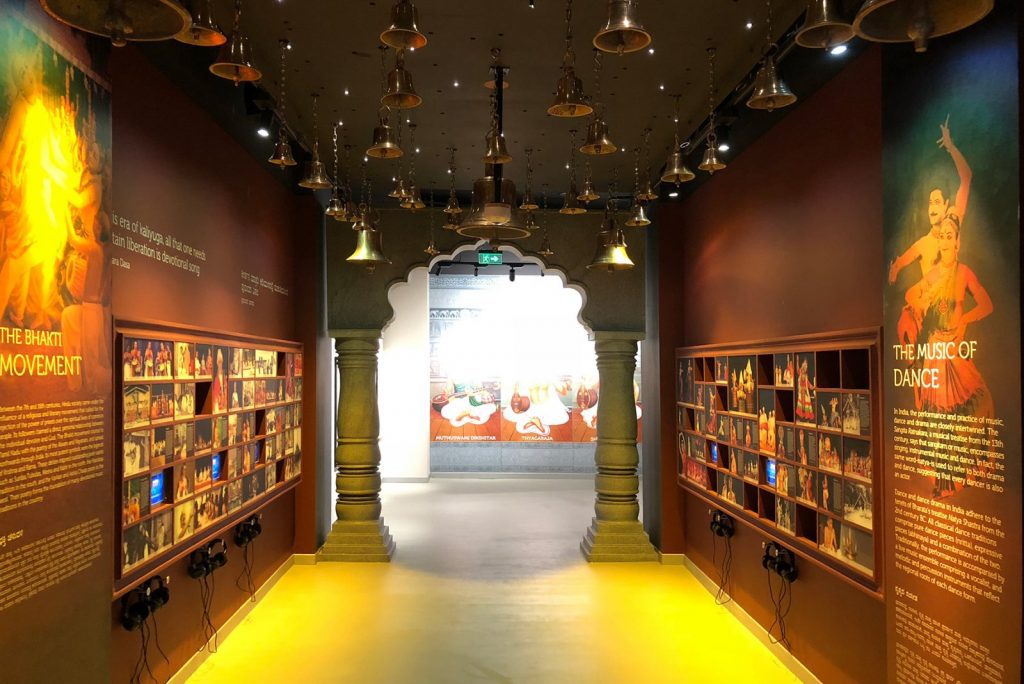
Step inside the story. Inside the Museum galleries, exhibitions featuring priceless artifacts—instruments, stage wear, one-of-a-kind recordings, films, and more. The exhibits offer intimate insights into the people who have shaped India’s music’s story, from the pre-commercial roots to today.
The Sound Garden
As we enter the museum, we can see a sound garden in the inner courtyard, where we can learn about the sounds made by natural materials such as wood, stones, and metals. One can also try to make music, as these stones produce beautiful musical sounds when rubbed. This garden contains xylophones made of aluminium, brass, wood, and stone. Each of them has a distinct sound, which is known as timbre. Even the tubular bells in this garden make a variety of sounds. This is because frequency and amplitude are inversely proportional to each other.
Entering the Immersive Music Experience
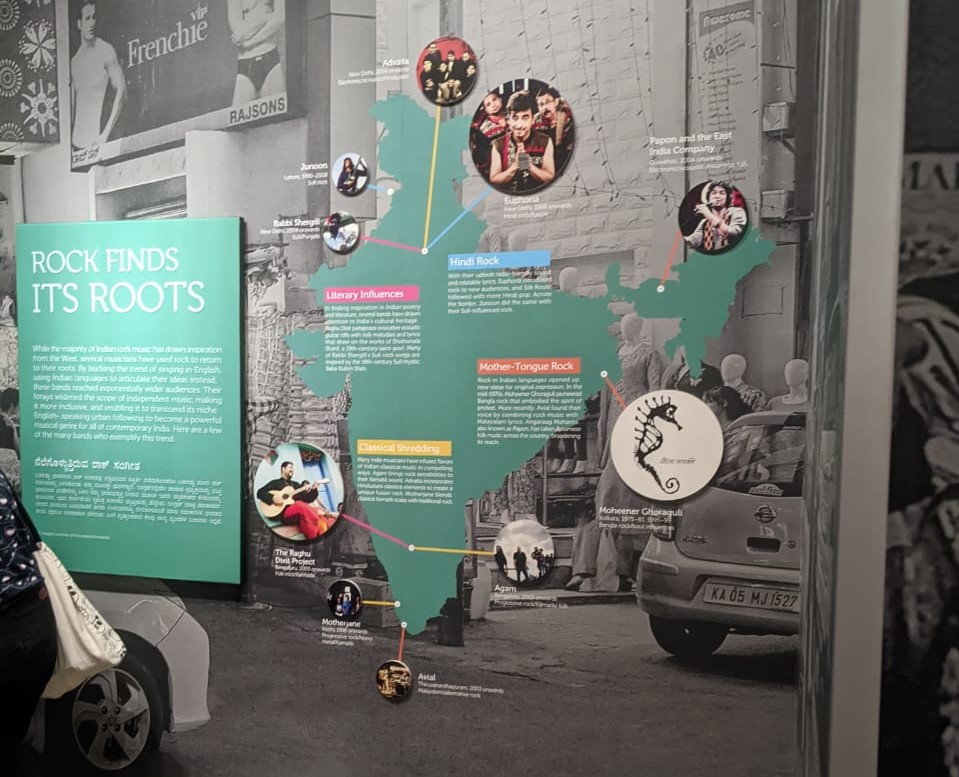
We then enter the museum, and the experience begins on the third floor, where we are shown a small animated movie with various types of natural sound. The exhibit gallery is led by a digital replica of an 18th-century Rajasthani painting that celebrates feminine beauty. The museum’s spine is a long, sweeping corridor that guides us from gallery to gallery, with visual leitmotifs adding a sense of rhythm to the museum-going experience. It’s impossible not to be drawn into this euphonious world with light and sounds bouncing off the walls. We then enter an interactive exhibit area where we can play music on a touch screen and create notes using various musical instruments.
[Also read: Places to visit near Bangalore]
Contemporary Expressions
In the first gallery, titled Contemporary Expressions, visitors can relive the early days of independent ‘indie’ rock music in India by strolling down a busy street in Bengaluru. The two automobiles stranded at the gallery’s entrance allow visitors to sit inside and watch videos of famous Indian music bands. These vehicles are painted in fluorescent colours, and the lights inside them evoke pop culture. Moving forward, you will see posters of busy streets in Bengaluru, such as Commercial Street, Brigade Road, and others, where most of the city’s youth congregate on weekends.
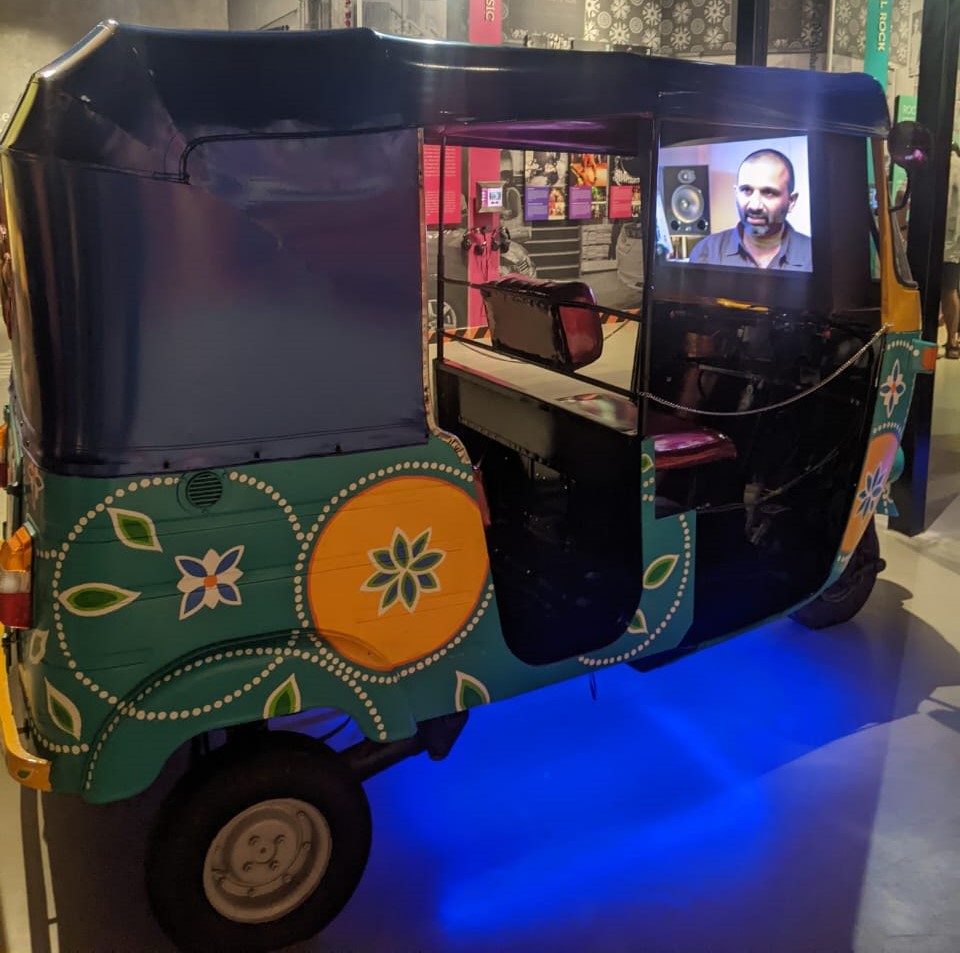
This section contains information on bands like Millenium, Pentagram, Indian Ocean, Rock Machine, Beat Bands, and Lou Majaw. You can even put on those headphones and choose which band’s music you want to listen to. In addition, this section highlights hybrid sounds, Daler Mehndi’s performance costume, and an interactive music machine that can create your tunes using the instruments you choose.
Living Traditions Gallery
The exhibit leads to the Living Traditions Gallery, where visitors can use interactive touchscreen displays to learn about the basic concepts of sruti, raga, tala, gharaa, dhrupad, khayal, and kutcheri. Then, in the Music of Devotion, Living Traditions Gallery, you can see various forms of devotional music from across the country, which celebrates India’s diverse and rich cultural heritage.
Songs of the People
“Songs of the People” is about Indian folk and tribal communities, their songs, and the contexts in which they are sung. It also includes kaavad, a Rajasthani oral storytelling tradition. It also displays Rajasthan’s storytelling traditions through a kaavad box, with several doors open to introduce different characters during storytelling.
The Instrument Gallery
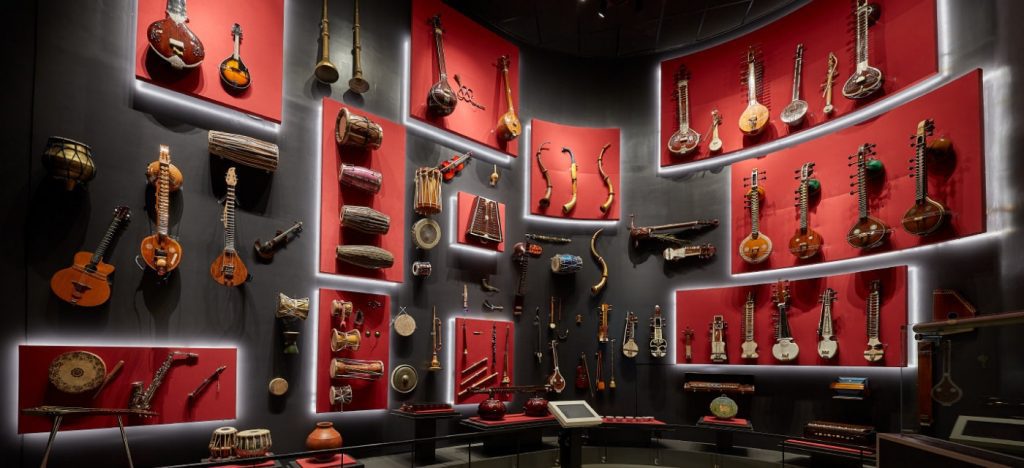
The Instruments Gallery features a stunning floor-to-ceiling display of 108 Indian musical instruments, complete with an interactive display that explains their origin, craftsmanship, and sound. The spectacular double-height display of instruments and their roots, making, and playing techniques can be viewed from the third floor. This museum section proudly displays musical masterpieces such as Vidwan Manjunath’s ghatam and Dr M L Vaasanthakumari’s tambura. In addition, a Mayura veena (peacock-shaped) and metal horns, leather drums, and various types of stringed instruments collected from various parts of the country are also on display.
The Music of Pre-Independent India
Music existed at all times, including during our liberation struggle; otherwise, how would the great poet Rabindranath Tagor have written our National Anthem? This gallery transports you back to those difficult times to make you proud. Music was then used to unite people and express opposition to British rule. There are over 35 different versions of the song “Vande Mataram,” a replica of Mahatma Gandhi’s letter to MS Subbulakshmi and many patriotic songs from Hindi films. It transports you to a time when ethnic music influenced the political climate.
Melting Pot Gallery
Melting Pot is a story about how Western music influenced Indian music and vice versa. The Stories Through Song gallery features vignettes from various eras of Hindi cinema displayed on inset screens. It transports you back to when films were shown on moving ‘bioscopes.’ Here, one can learn about the landmarks and legends of Hindi film music and the diverse influences of various musical genres on film songs.
The Hall of Fame
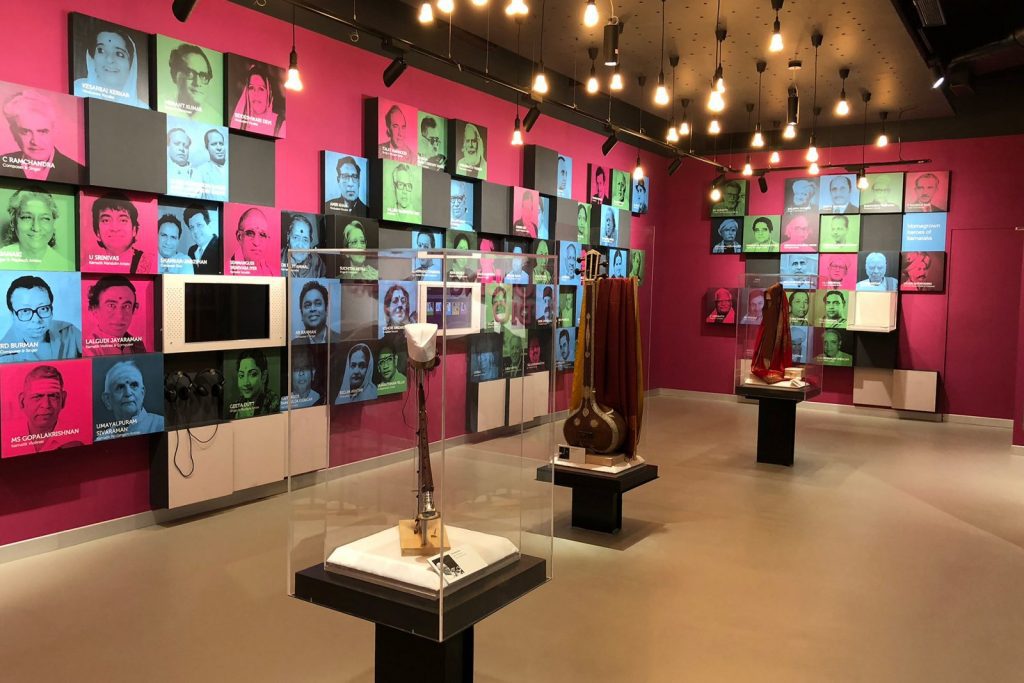
The Indian Music Experience Museum’s Stars gallery or Hall of Fame features 100 legends of Indian music from various genres. Precious memorabilia once belonging to Bharat Ratna musicians takes pride in place. They include Ustad Bismillah Khan’s shehnai, M.S. Subbulakshmi’s tambura, and Bhimsen Joshi’s concert attire. At the Recording Studio, one can sing by selecting a background track, recording oneself, selecting the album cover, and finally emailing oneself the final track. It’s an experience that no music aficionado should pass up.
[Also Read: Taramati Baradari – A Symbol of Musical Love]
The Learning Centre
In addition to the exhibits and installations, Indian Music Experience Museum houses a music school. IME has a resource centre and a space reserved for young visitors with educational workshops to appeal to young and older visitors. It teaches various musical disciplines such as Carnatic and Hindustani vocal and dance. It also teaches musical instruments such as the Veena, Mridangam, keyboard, and guitar. The centre also hosts a variety of music workshops, which keeps it busy all week. Many renowned artists from around the world came to IME to teach young students. Every year, the learning centre hosts an annual event in which students perform in front of an audience.
The melodic, rhythmic experiences feature visual and sound shows in which the floor vibrates and music bursts out of instruments to heighten the feeling of immersion. The immersion is completed by album sleeves, posters, and other musical memorabilia. Visitors can even create their own musical programme using an individual headphone system. The musical tour concludes with a visit to the gift shop, which sells IME merchandise such as posters, postcards, T-shirts, key chains, and other items. There is also a WiFi-enabled workspace and a small, quaint little cafe for coffee and a quick bite.
Ticket Details
Admission to the museum is Rs 150 on weekdays and Rs 250 on weekends. Rs 150 for senior citizens and free for children under three years. As lovers of music and museum curation alike, team Savaari ranks Indian Music Experience Museum as a must-do. The bonus, for us, was the lovely members of the IME team, who were an absolute font of knowledge. We embarked on India’s musical history as we would a map.
Don’t worry about how to head back to your place after your trip to the museum. The easiest way is to download a safe and trusted car booking app so that on your way back, the only thing on your mind is all the memories you’re going to carry throughout your life! Each guest is welcome to navigate this experience at their own speed, and it’s easy to get lost in the music. The average visit (including ours) lasts three hours—so plan accordingly.

